Does rice increase your weight?
Rice is such a food which is consumed all over the world. It is mainly built of simple carbohydrates, which may cause obesity and chronic illness. However, there are many countries where people consume rice heavily, but they do not suffer from these exact diseases. So, what rice can bring for us if we consume it? Does it enhance the amount of fat or reduce it? Here goes the further discussion.
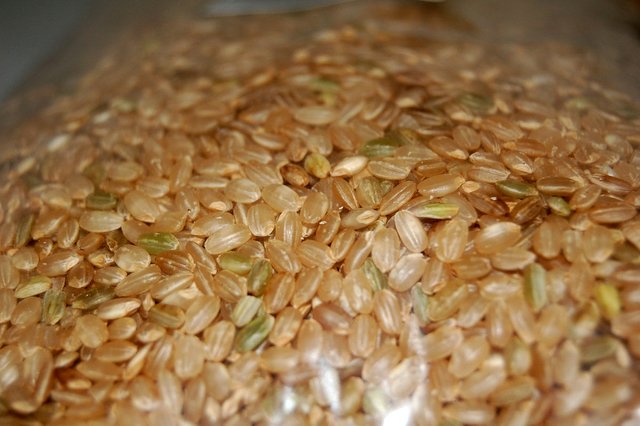
What is Rice?
Rice is known as a cereal grain and people have been growing it for thousands of years. It has been a staple food in several countries and is known as the most common cereal grains in the world. Several types of rice are found in the world, but varieties of white rice are the most famous among people, followed by brown rice. To better know more about these different types of rice, you need to begin with the basics.

All whole grains are made of three main components:
1. Bran:
Bran is a rough and solid outer layer that defends the seed. It has minerals, fiber, and antioxidants.
2. Germ:
It is a nutrient-rich core that has fat, protein, vitamins, carbohydrates, minerals, antioxidants and other plant compounds.
3. Endosperm
This is the biggest part of the grain, which contains almost completely of carbohydrates (starch) and a small of protein.
Brown rice is an unbroken whole grain that offers both the bran and germ. Therefore, it is nutritious food and contains fiber and antioxidants. On the contrary, both the bran and nutritious germ are not found in white rice. It means all nutritional parts are removed from it. These nutritional things are discarded to develop its taste, increase its shelf life and improve its cooking qualities.
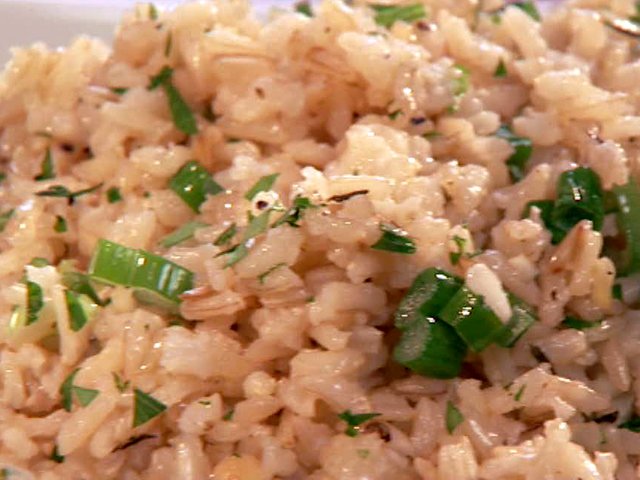
Consequently, varieties of white rice are almost entirely composed of carbohydrates found in the type of starches, or long chain of glucose called amylose and amylopectin. Various types of rice include different amounts of these starches which have an effect on their structure and digestion. Rice that contains high amount of amylose does not become sticky, whereas sticky rice generally contains high amount of amylopectin. Because of different types of starch composition, varieties of rice can possess different health effects.
Brown versus White Rice
Brown rice generally provides more nutritional parts such as fiber, minerals and vitamin than white rice since no nutritional parts are discarded from it. The table below displays the comparison between the nutrient contents of 100 grams of cooked white and brown rice.
| White v/s Brwon Rice | White | Brown |
| Calories | 130 | 112 |
| Carbs | 29 grams | 24 grams |
| Fiber | 0 grams | 2 grams |
| Protein | 2 grams | 2 grams |
| Fat | 0 grams | 1 gram |
| Manganese | 19% RDI | 55% RDI |
| Magnesium | 3% RDI | 11% RDI |
| Phosphorus | 4% RDI | 8% RDI |
| Vitamin B6 | 3% RDI | 11% RDI |
| Selenium | 11% RDI | 14% RDI |
White rice provides high amounts of calories and offers fewer amounts of nutrients and fiber than brown rice.
Several countries consider rice as a staple food
Over half of the world’s population considers rice as a staple food, mainly in Asian nations like India, China, Korea and Japan. These are all nations that, as of now, showed low percentage of overweight people. White rice is known as the main source of carbohydrates in those nations. For example, people in Korea get approximately 40% of their total calorie from rice. In these nations, people may eat an average of 20 times per week and about six times per day. However, it is seen that the consumption of rice appears to control weight gain and high blood pressure in these nations.
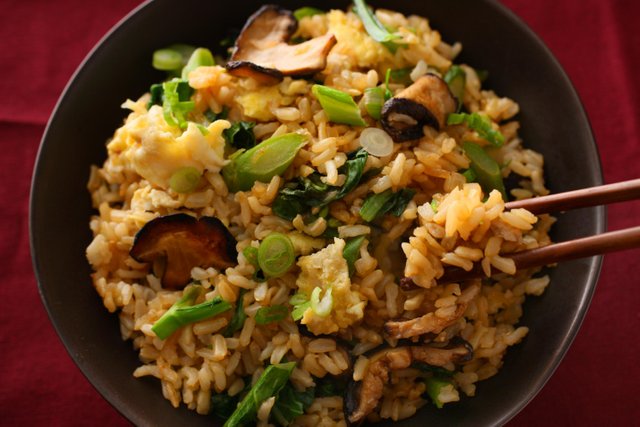
The consumption of a high amount of rice and vegetables appears to help elder Chinese people protect against weight gain, obesity and big waist circumference. The same results were discovered in a research which includes 200 obese Iranians. No connection has been established between the frequency of the consumption of white rice and belly fat. However, in recent days it is found that diets in these nations are getting influenced by Western Diet.
As a result, a change has been seen in this trend. Indeed, the numbers of obese and overweight people have increased in many of these nations in the past few years. One research conducted among Iranian adolescents and found that those who consumed high amount of rice had the worst diet quality. This shows that they may be eating rice with some other kind of foods that older generations didn’t consumed, probably leading to overweight. At this point, it appears that rice consumption doesn’t harm the body or cause weight gain. Its health effects either positive or negative are controlled by overall diet.

There are some types of rice that may hike blood Sugar Levels
The glycemic index shows a measurement of how much and how quickly a food hikes your blood sugar levels. Foods high on the glycemic index increase blood sugar levels rapidly and have been connected to weight gain and overeating. However, foods with a low glycemic index show a slower hike in blood sugar levels. These types of foods may be beneficial for people suffering from diabetes, because they try to manage blood sugar and insulin levels. It is normally said that whole grains contain lower glycemic index scores than refined grains.
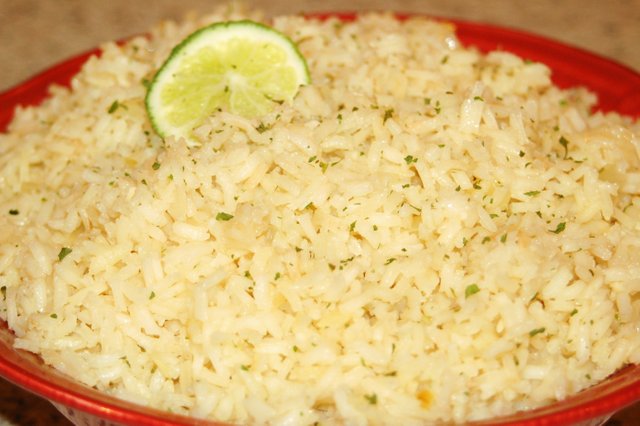
This is the reason why diets that are rich in whole grains minimize the risk of developing type 2 diabetes up to 20 to 30%. That being said, there are several studies have been conducted, not all of them established a connection between the consumption of refined grain and risk factors that may cause type 2 diabetes. The starch composition of rice may play a main role in explaining this. Sticky rice has high amount of amylopectin, which offers a high glycemic index.
Therefore it is digested in a short period and may increase blood sugar levels. However, non-sticky rice containing high amount of amylose has a low Glycemic Index, which reduces the speed of the digestion of starch. Resistant starch known as healthy fiber may be available in rice. So regardless of whether it is white or brown rice, its glycemic index may vary from relatively low (43) to very high (109), but it depends on the type and variety of rice. Non-sticky rice is beneficial for people suffering diabetes and contains high amount of amylose, which may help you in controlling blood sugar levels.
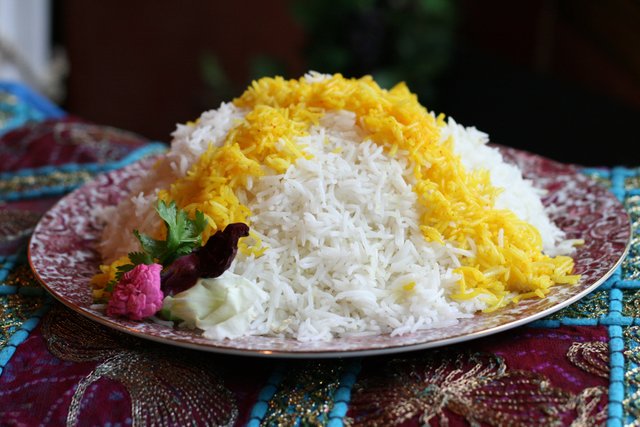
Any food can make you fat if the size of portion isn’t controlled
If your diet includes various things, the dose can be composed of the poison. Rice doesn’t cause obesity, so its effects on weight should be according to serving size and the overall quality of your diet. During Several studies scientists constantly found that if you serve food in a big container or dish, it increases dose, regardless of the food or drink being served. You can understand it with the realization of the serving size.
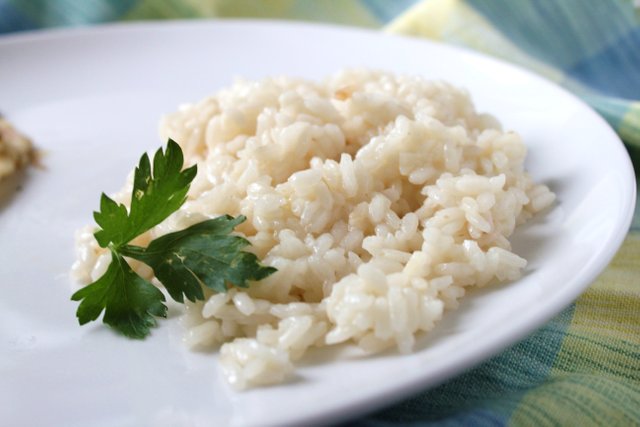
Calorie intake may increase drastically with serving large portions of food, without people knowing it. Also, since people are not aware that they are consuming food more than normal, they usually don’t want to eat less at the next mealtime. Scientists discovered in studies that minimizing the size of rice bowl is a powerful way to decrease calorie ingestion, weight and blood sugar levels. Therefore, rice can decrease body weight or increase fat, but it depends on the serving size.
The Bottom Line
It is found in studies that rice doesn’t cause obesity or fattening. Different researches show that rice may cause both weight gain or weight loss. However, there is no doubt that brown rice contains more nutritional parts than white rice. Non-sticky rice may be beneficial for people with diabetes. If you want to have more discussion about any specific issue, you can contact a dietitian-nutritionist.
Rice is one of my favourite dishes.
me too @globalfoodbook lol
Hi @mgibson, was wondering if you know about the arsenic issues with rice and that some of the relationship between rice and obesity that is postulated may be to do with toxin accumulation and safe storage via fat accumulation. https://steemit.com/health/@sallylloyd/response-to-does-rice-increase-your-weight